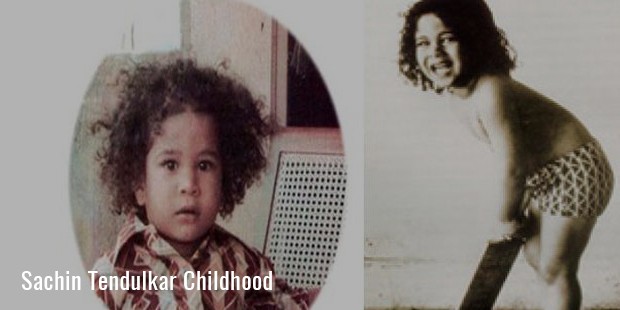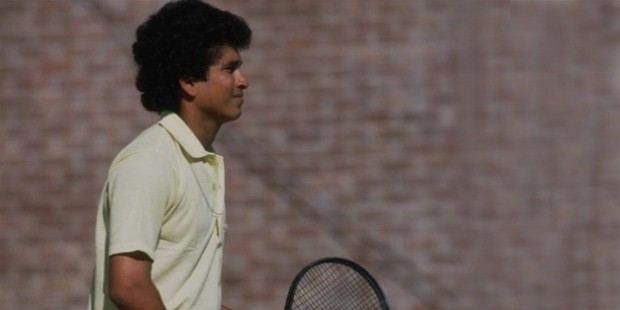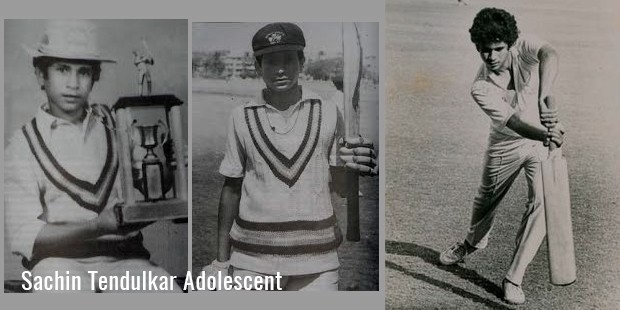THE STORY OF SUCESS: Dhirajlal Hirachand Ambani(Dhirubhai Ambani ) was born on 28 December 1932, at Chorwad, Junagadh (now the state of Gujarat, India) to Hirachand Gordhanbhai Ambani and Jamnaben in a Modh family of very moderate means.He was the second son of a school teacher.
Dhirubhai Ambani is said to have started his entrepreneurial career by selling "pakora" to pilgrims in Mount Girnar over the weekends. When he was 16 years old, he moved to Aden, Yemen. He worked with A. Besse & Co. for a salary of Rs.300. Two years later, A. Besse & Co. became the distributors for Shell products, and Dhirubhai was promoted to manage the company’s filling station at the port of Aden.
He was married to Kokilaben and had two sons, Mukesh Ambani and Anil Ambani and two daughters, Nina Kothari and Deepti Salgaocar.
In 1962, Dhirubhai returned to India and started the Reliance Commercial Corporation with a capital of Rs.15,000.00. The primary business of Reliance Commercial Corporation was to import polyester yarn and export spices.The first office of the Reliance Commercial Corporation was set up at the Narsinathan Street in Masjid Bunder. It was a 350 Sq. Ft. room with a telephone, one table and three chairs. Initially, they had two assistants to help them with their business. In 1965, Champaklal Damani and Dhirubhai Ambani ended their partnership and Dhirubhai started on his own. It is believed that both had different temperaments and a different take on how to conduct business. While Mr. Damani was a cautious trader and did not believe in building yarn inventories, Dhirubhai was a known risk taker and he considered that building inventories, anticipating a price rise, and making profits through that was good for growth.
During this period, Dhirubhai and his family used to stay in one bedroom apartment at the Jaihind Estate in Bhuleshwar, Mumbai. In 1968, he moved to an upmarket apartment at Altamount Road in South Mumbai. Ambani's net worth was estimated at about Rs.1 million by late 1960s.
Ambani's his great achievement was that he showed Indians what was possible. With no Oxford or Yale degree and no family capital, he achieved what the Elite "brown sahibs" of New Delhi could not: he built an ultramodern, profitable, global enterprise in India itself. What's more, he enlisted four million Indians, a generation weaned on nanny-state socialism, in an adventure in can-do capitalism, convincing them to load up on Reliance stock.
Still, Ambani seems destined to be remembered as a folk hero—an example of what a man from one of India's poor villages can accomplish with non-shrink ambition.



